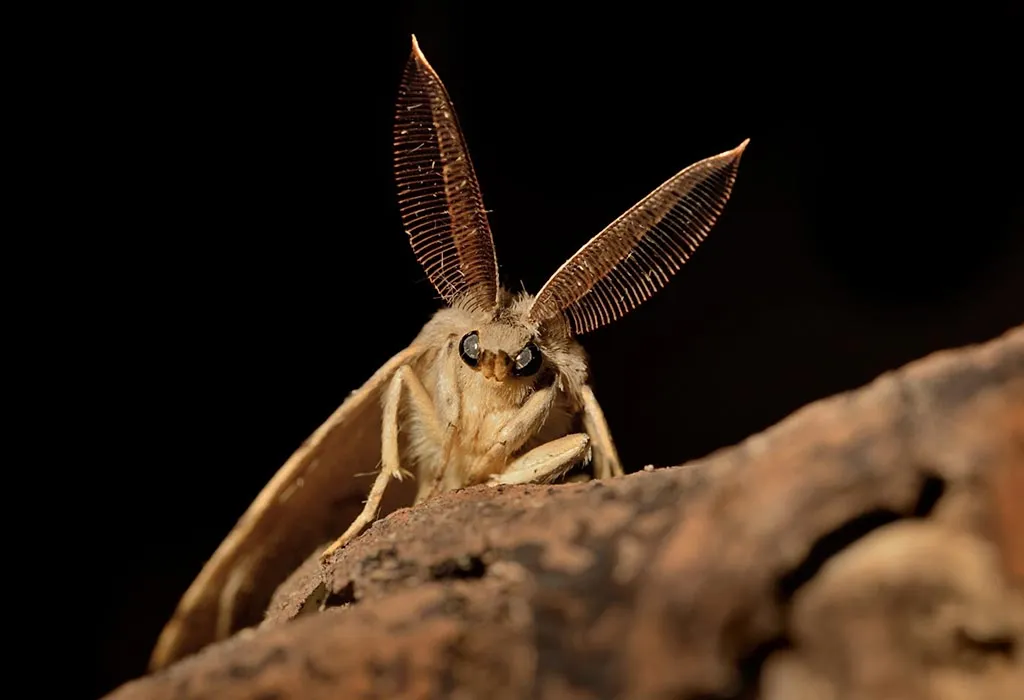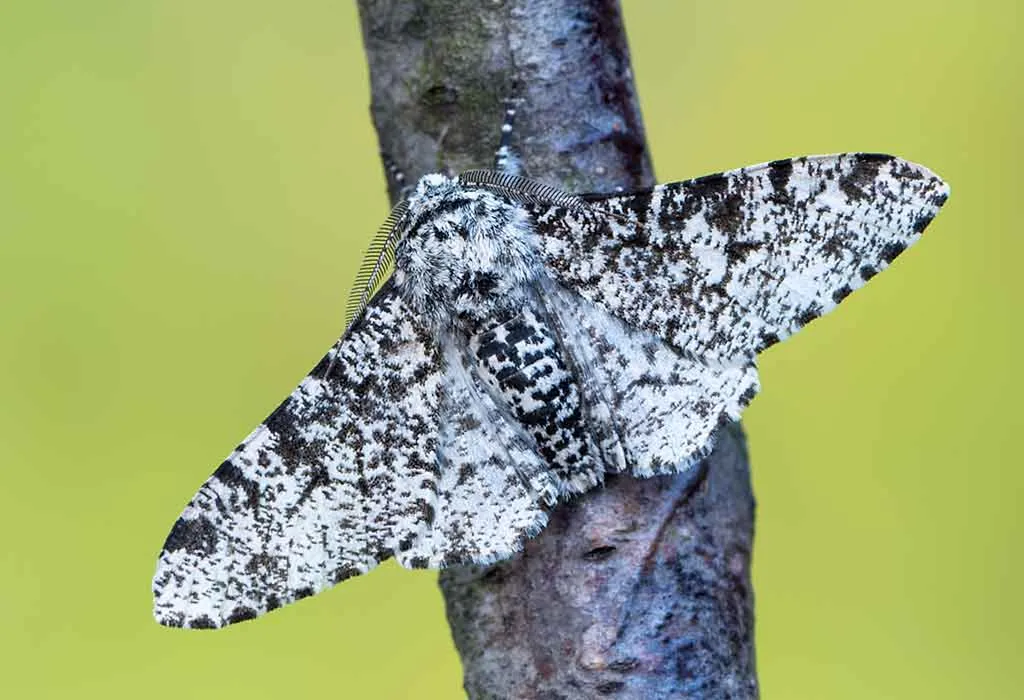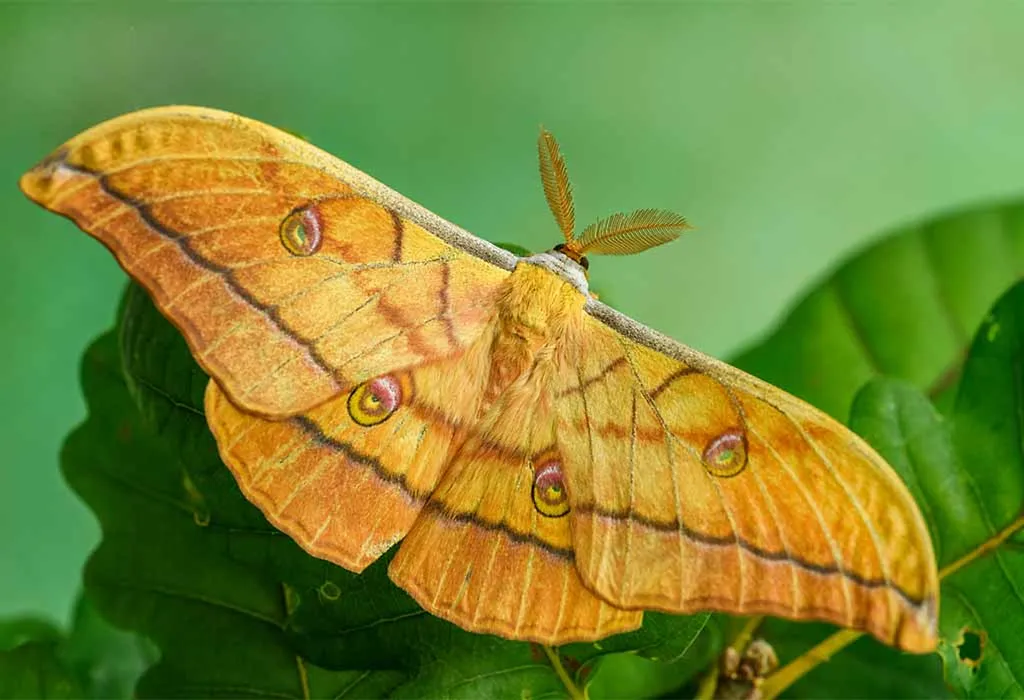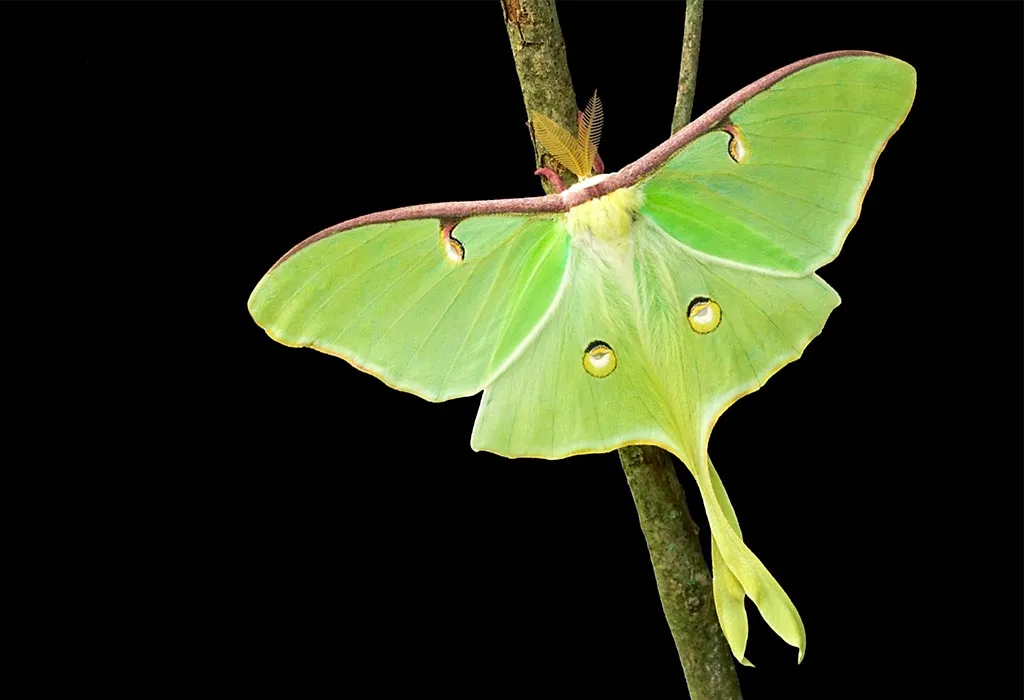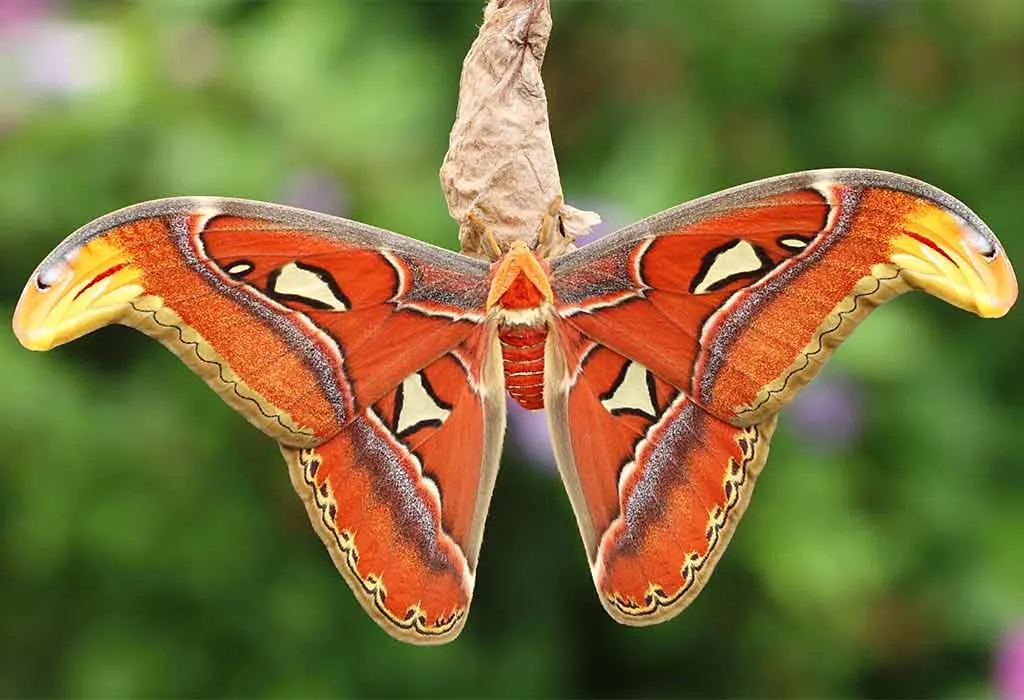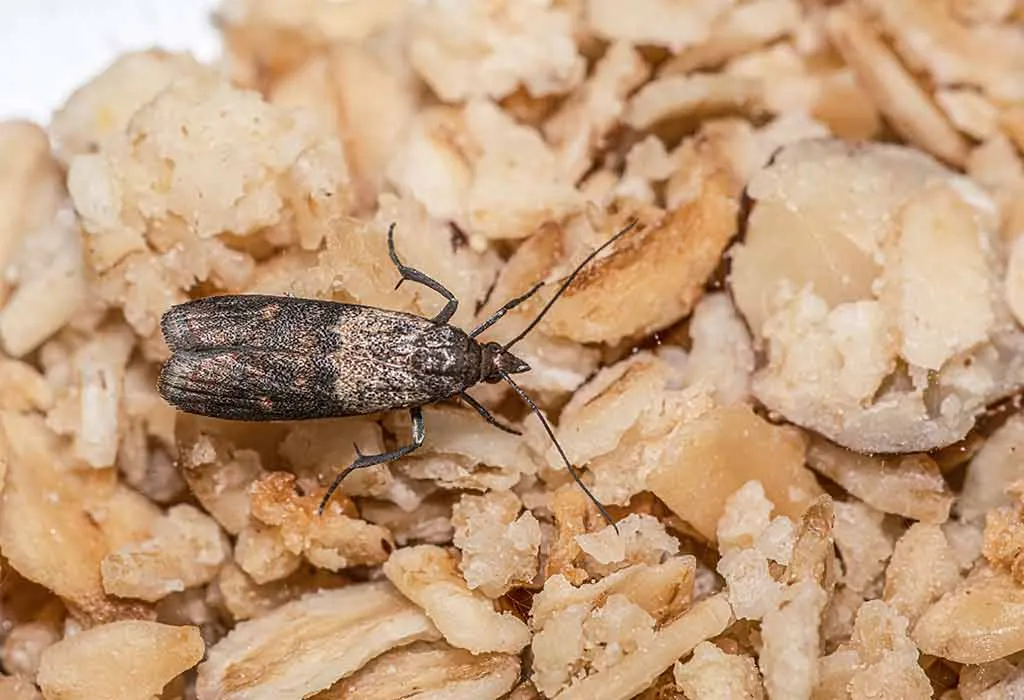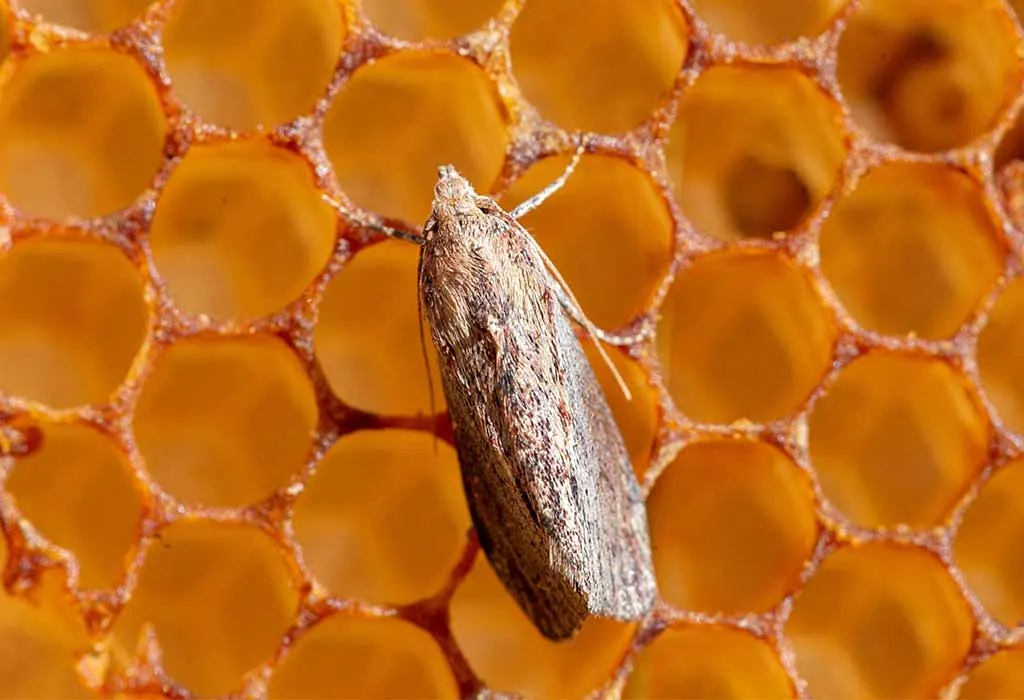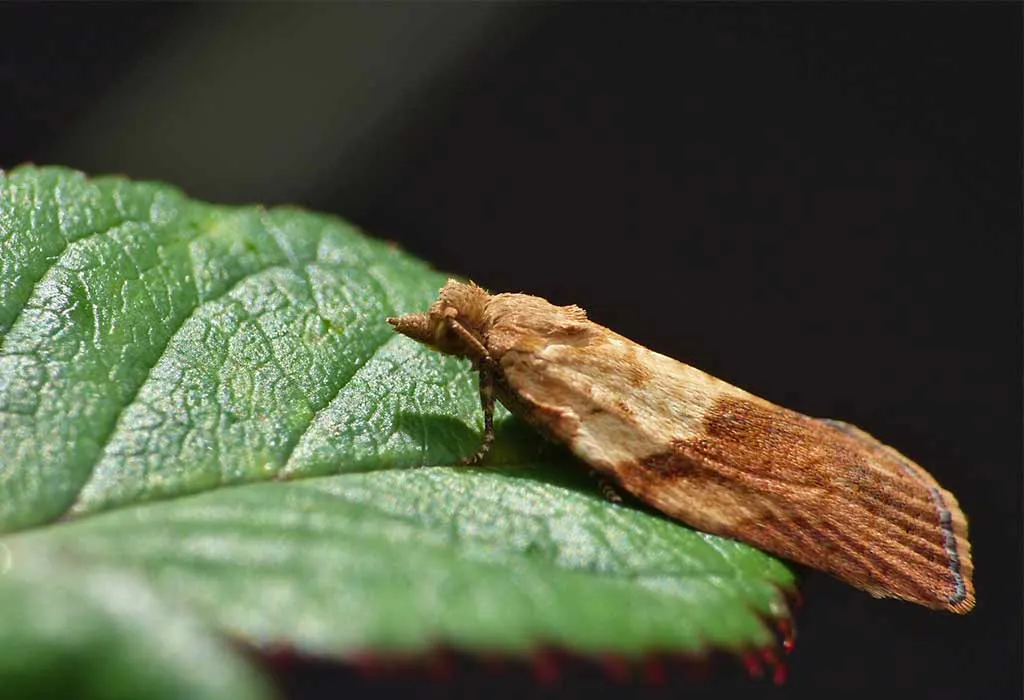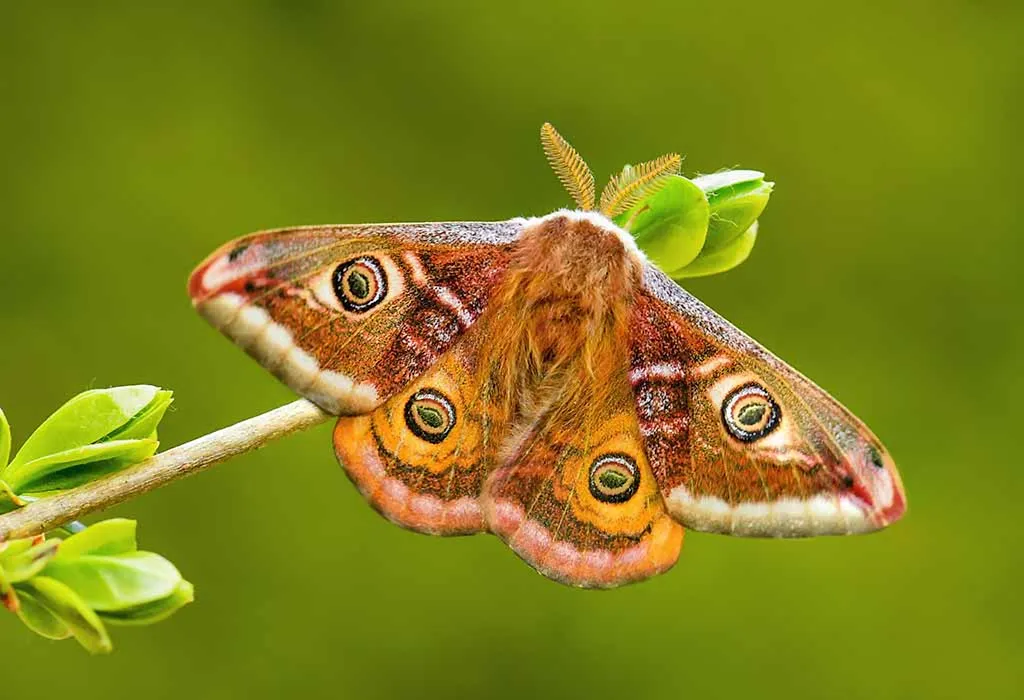Interesting Moth Facts and Information for Kids
Moths are insects belonging to the Lepidoptera order. They are closely related to butterflies from which they originated. The majority of moth species are nocturnal. They may be distinguished from butterflies in a variety of ways. Moth antenna resembles little feathers, and when they are not flying, their wings are kept flat on their backs.
The majority of Lepidoptera are moths. Moths are estimated to number about 160,000 species (nearly ten times the number of species of butterflies). Thousands of species remain unnamed. The majority of moths are small; they are referred to as micro moths or microlepidoptera. The bigger moths are considerably more well-known, although there are fewer of them. The majority of moth species are nocturnal, although not all. Crepuscular and diurnal species exist. Read on to learn more moth facts for kids.
What Are Moths and Where Do They Live?
Moths are insects, which means they have six legs, two antennae, and three body parts (head, thorax, and abdomen). Like all insects in their order (Lepidoptera), moths have wings—most have four wings (two forewings and two hindwings). While some moths are dull gray or brown (for camouflage), others are brightly colored. Sizes vary wildly: some moths have wingspans as small as 0.2 inches, while the giant Atlas Moth can reach up to 1 foot!
There are about 160,000 known moth species, each with unique colors and adaptations. They live on every continent except Antarctica, thriving in forests, gardens, and even cities. Many moths lay eggs on plants so their caterpillars have food after hatching.
Difference Between Butterflies and Moths
Butterflies and moths can seem very similar to someone who does not know much about them. However, there are many differences between the two. Some of these are:
- Butterflies are diurnal creatures by nature, which means they are active throughout the day. In nature, moths are nocturnal.
- Butterflies rest with their wings closed most of the time, while Moths rest open-winged.
- Butterflies’ antennae are long and slender. Moths, on the other hand, have shorter feathery antennae.
- Butterflies feed throughout the day. However, Moths forage for food at night.
- Butterflies construct a gleaming chrysalis while Moths encase themselves in a silken cocoon.
- Butterflies are bigger than moths, while Moths are much smaller.
Various Types of Moths
You may be surprised to learn that there are over 160,000 distinct species of moths worldwide. Here we will discuss the most frequent of them and provide some background information on them. These are often discovered inside our houses and neighborhoods and frequently become pests.
1. Gypsy Moth
There are many subspecies of the gypsy moth, including the European gypsy moth, the Asian gypsy moth, and the Japanese gypsy moth.
2. The Peppered Moth
It is primarily found in Ireland and the United Kingdom. Additionally, it is referred to as the Darwin Moth.
3. Japanese Silk Moth
The Japanese Silk Moth is bred for its solid and elastic white silk. Although it originated in East Asia, it has been introduced to European countries for silk production.
4. The Luna Moth
It is commonly known as the American Moon Moth, has lime green wings and a white body.
5. The Atlas Moth
This moth is widespread in Asian woodlands. It is one of the world’s biggest moths.
6. The Indianmeal Moth
The Indianmeal Moth was given its name because it was found in the United States as a nuisance eating maize or Indian Corn.
7. The Greater Wax Moth
The Greater Wax Moth, commonly known as the honeycomb moth, is a member of the same family as the Indianmeal moth.
8. The Light Brown Apple Moth
The Light Brown Apple Moth, commonly known as a leaf-roller moth, is a native of the United States. They are infamous for attacking foods like apples.
Facts About the Life Cycle of Moths
One of the most fun things about moths is their very short lives. Here is all that you need to know:
- Moths range in size from as tiny as a pinhead to as big as an adult man’s palm. Their wingspan is 0.11–12 inches.
- Moths are nocturnal, and their bodies are typically black (they blend with the darkness of the night).
- On their heads, moths have feathery or filament-like antennae. Antennas include smell sensors that aid in the discovery of food and mates. Due to their superior sense of smell, moths can locate females from a distance of seven miles.
- Moths have a long, curved tongue adapted to their nectar, fruit, and berry-based diet.
- Luna, Atlas, and Prometheus are moth species that lack a mouth. They have a brief lifetime and exist only to reproduce and lay eggs.
- Moths are critical pollinators of a wide variety of plant types. Moths are attracted to the white, fragrant blooms that emerge at night.
Facts About Light Attraction of Moths
Moths are attracted to light sources like magnets, making it a fascinating thing to watch. Some more facts about this are:
- Moths will fly around bright things, giving the impression that they are drawn to the light.
- The majority of experts believe that this is because moths utilize moonlight to aid them in flying in a straight path.
- The light from the lights causes the moths to get confused.
- Moths (or bats) are typically responsible for pollinating night-blooming flowers. Artificial illumination may cause moths to flee from the blooms, reducing the plant’s capacity to reproduce and bloom again the next night.
How Are Moths Important to Humans?
Moths may seem irritating or beautiful, depending on how you see them. But one of the facts about moths is that they are crucial to humans. Here’s why:
- Numerous moths of the family Tineidae are considered pests due to their larvae feeding on fabric, such as clothing and blankets made of natural proteinaceous fibers such as wool or silk. These species are less prone to feed on mixtures of natural and synthetic fibers.
- Freezing moth larvae-infested items at temperatures below eight °C (18°F) may eliminate these pests.
- Certain moth species are cultivated commercially due to their economic importance. The larvae of the domesticated moth Bombyx mori are farmed for their silk to construct their cocoons.
What Do Moths Eat and How Do They Grow?
There are two kinds of clothing moths that are found all over the world: the webbing clothes moth (Tineola bisselliell) and the casemaking clothes moth (Tineola bisselliell) (Tinea pellionella). Clothing, carpet, draperies, upholstery, and bedding are all sources of natural fibers for these two kinds of moths. Wool, silk, cotton, and any other natural fiber they can get their hands on are all fair game. Occasionally, when moths run out of garment fibers to feed on, they may consume pet hair or chew through synthetic fabrics to dig into natural fibers underneath.
Other Interesting Facts and Information About Moths for Children
Many people have little knowledge about moths, save that they are nocturnal and consume clothing. Let us dive into fun facts about moths. These facts are common for gypsy moth facts, Venezuelan poodle moth facts, and luna moth facts:
- Mothballs are used to prevent clothes from being infested by moth larvae.
- The distribution of the gypsy moth (Lymantria dispar) includes Africa, Europe, and North America.
- Due to its look and habits, the hummingbird moth (Hemaris thysbe) is often mistaken for a hummingbird.
- Moths are flying insects belonging to the order Lepidoptera.
- Worldwide, it is believed that there are about 160,000 species of moths, with more species still to be described.
- Certain flower species rely significantly on insects for pollination.
- A female moth’s lifetime egg production ranges between 40 and 1,000.
- Certain moth species are considered pests. The corn borer, often known as the bollworm, is a moth larva that may cause crop damage. Certain moth larvae may consume fabric and cause harm to clothes.
- A moth is not a butterfly; the distinction between the two is imprecise. Moth antennae are often feathery and do not terminate in a ball.
- Moths have much more species than butterflies. Nine moth species exist for every butterfly species.
- While the majority of moth species are nocturnal (active at night), others are crepuscular (active at dusk) or diurnal (active during the day).
FAQs
1. Why do some moths have transparent wings?
Some moths, like the Glasswing Moth, have transparent wings due to nanostructures on their wing scales that reduce light reflection. This helps them camouflage against predators by blending into their surroundings, almost like invisible wings.
2. Can moths really remember things they learned as caterpillars?
Yes! Some studies show that moths (and butterflies) retain memories from their caterpillar stage. For example, if a caterpillar learns to avoid a certain smell, the adult moth may still avoid it—even after metamorphosis!
3. Do moths ever drink tears from animals?
Surprisingly, yes! This is a scary fact about moths. Some moths, like the Vampire Moth, feed on animal tears (a behavior called lachryphagy). They use a tiny, straw-like proboscis to sip tears from birds, reptiles, and even mammals for nutrients like salt and protein.
Congratulations on gaining valuable knowledge about the moths that are seen in our local area! Your knowledge of the life cycles of moths native to your region, how they are similar to and different from one another, and some fascinating facts about what makes moths distinct have been greatly expanded.
Also Read:
Ant Facts for Children
Bees Facts for Kids
Ladybug Facts for Children
Facts About Science for Kids
Was This Article Helpful?
Parenting is a huge responsibility, for you as a caregiver, but also for us as a parenting content platform. We understand that and take our responsibility of creating credible content seriously. FirstCry Parenting articles are written and published only after extensive research using factually sound references to deliver quality content that is accurate, validated by experts, and completely reliable. To understand how we go about creating content that is credible, read our editorial policy here.






